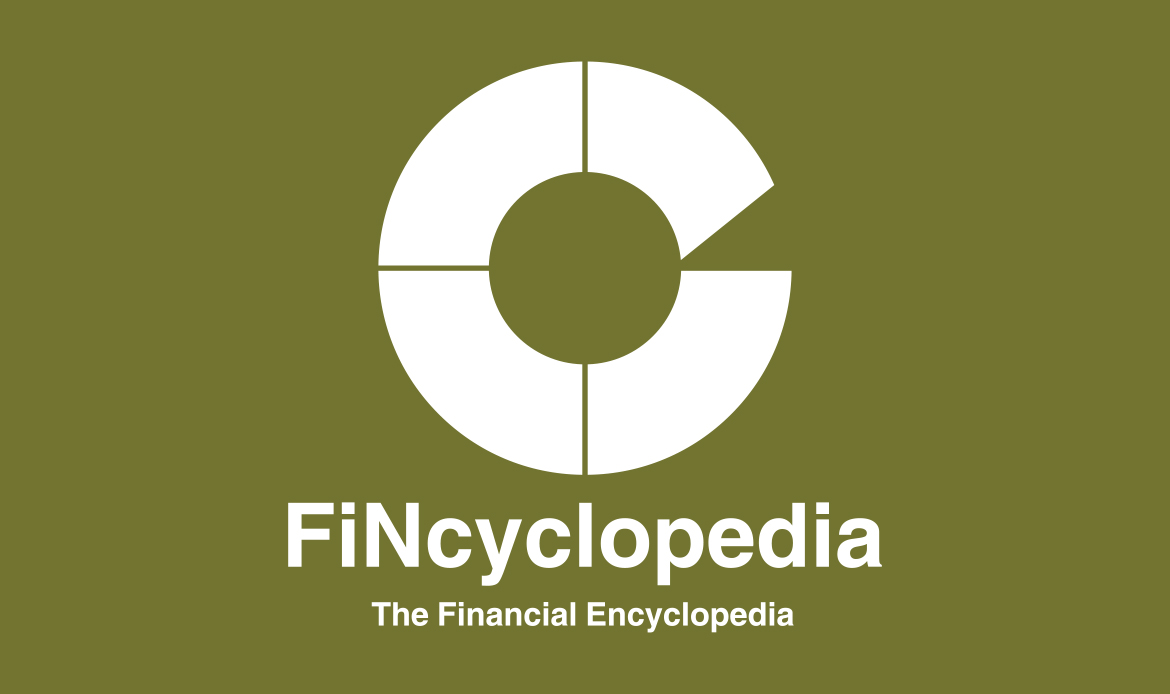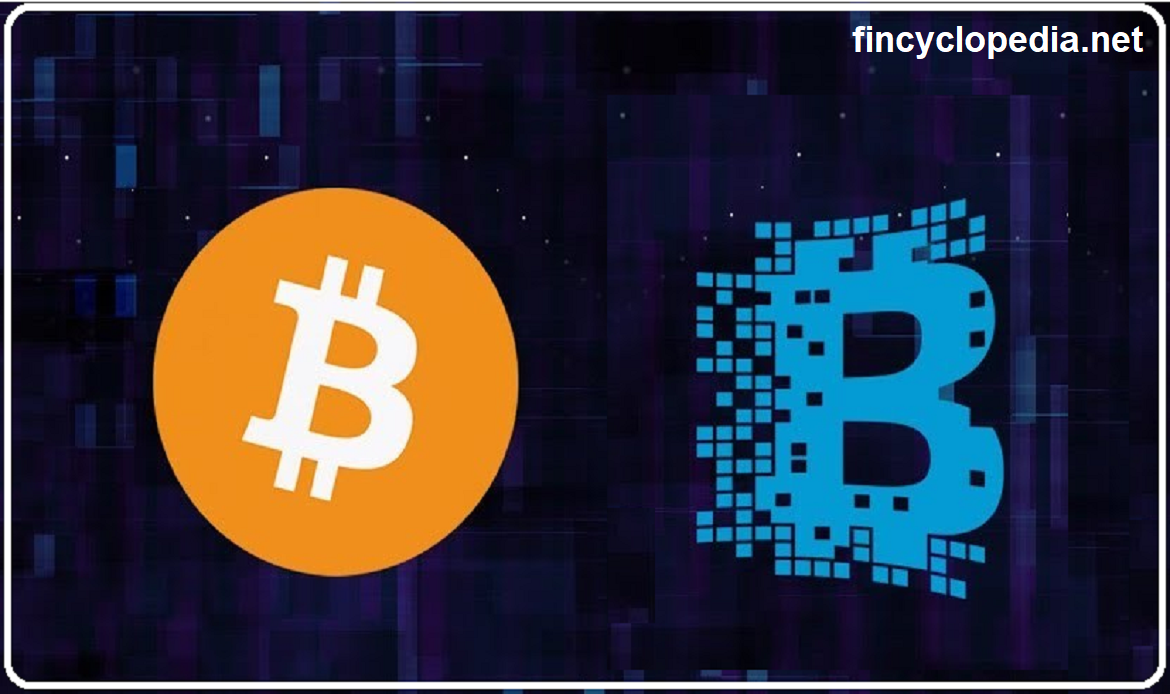The most widely used underlying variables in derivatives are stock prices, stock indexes, commodity prices, exchanges rates, and interest rates. Other types of derivatives becoming very popular in recent years include credit derivatives, weather derivatives, energy derivatives, insurance derivatives, and volatility derivatives.
However, the interest rate derivatives market is the largest derivative market worldwide, with a whopping notional amount outstanding, estimated in June 2009 at US$437 trillion according to the Bank for International Settlements. Of which, OTC interest rate swaps claim the lion’s share with an estimated amount outstanding of US$ 342 trillion, or 78% thereof). An interest rate derivative is a financial instrument whose payoff is based or dependent in some way on the performance of an underlying interest rate. It gives the holder the right to pay or receive a notional principal at a predetermined interest rate. This instrument, with all its different types and variants, is notoriously used to hedge exposures to interest rate movements.
Product-Type Classification
In terms of product type, interest rate derivatives fall into three major groups: interest rate options, interest rate futures, and interest rate swaps.
Interest Rate Options
The most popular interest rate option products are: bond options, interest rate caps and floors, and swap options (swaptions).
Bond Options
A bond option is an option that gives the holder the right to buy or sell a specific bond within a particular period or by some future date for a set price. Bond options are mainly traded over the counter, and are also embedded in bonds to be issued. A callable bond is an example of a bond with an embedded option allowing the issuer to redeem or buy back the bond at a predetermined price before, after, or by a certain future time or even at certain different times in the future.
A bond call option constitutes a call option the seller and buyer of which are the bond holder and the issuer, respectively. The quoted yields on bonds reflect the price of a call option. Callable bonds (bonds with call options) generally offer higher yields than vanilla bonds (bonds with no call options). The opposite cousin of a callable bond is a puttable bond. This bond contains a embedded option that allows the holder to redeem his money. i.e., sell back his bond to the issuer, at an early date prior to maturity and at a predetermined price, specific times in the future.
The puttable bond holder is said to have purchased the bond along with a put option on the bond. Puttable bonds provide lower yields than regular bonds because their prices are higher thanks to the embedded put option.
Interest Rate Caps/Floors
An interest rate cap is typically designed to protect the holder from exposure to upward interest rate movements by putting a ceiling on such movements. It is actually a portfolio of individual caplets, each representing an option on the underlying interest rate index. In the same token, an interest rate floor is a tool used to protect the holder from adverse downward movements in interest rate. To that end, a lower limit is imposed on interest rate movements. A floor is similarly a series of individual floorlets, each being an option on the underlying index. Paid for upfront by a purchaser, the benefits of the cap or floor can be realized over its life.
Interest Rate Futures
The most popular interest rate futures contract is the 3-month Eurodollar futures, which is a futures contract on a Eurodollar interest rate such as the 3-month (90-day) Eurodollar interest rate. In the US markets, it allows the holder to lock in an interest rate on US$ 1 million for a 3-month period in the future.
Interest Rate Swaps
An interest rate swap is an exchange of a fixed rate of interest on a certain notional amount for a floating rate of interest on the same notional amount. For example, an interest rate swap entitles an institution to receive 6-month LIBOR rate and pay a fixed rate of 6% per year every six months for a period of 4 years on a notional principal of $200 million. This kind of swaps is typically used to convert a liability from fixed rate to floating rate or vice versa. It can also be used to convert an investment from fixed rate to floating rate or vice versa.
Complexity Degree Classification
With respect to complexity, there are mainly three categories of interest rate derivatives, namely: the vanilla, the quasi-vanilla, and the exotic. Each category is set apart by three essential factors: extent of liquidity, scope of tradability, and degree of complexity.
The three structures or categories equip investors with helpful tools to meet customized cash flow requirements in varying circumstances and to take views on interest rate changes whether in terms of directional or volatility movements.
Vanilla Interest Rate Derivatives
This category provides the basic building blocks for the other two categories. It constitutes plain and standard derivative products which usually trade on organized exchanges (and also on OTC markets) and are characterized by high liquidity.
Those products include:
- Interest rate option
- Bond option
- Fixed-for-floating interest rate swap
- Interest rate cap
- interest rate floor
- Interest rate caption
- interest rate floortion
- Interest rate futures
- Forward rate agreement
- Cross currency swap
Quasi-vanilla Interest Rate Derivatives
Fairly liquid derivatives make up this category. The following products belong to the quasi-vanilla type:
- Arrears swap
- Corridor swap
- Corridor accrual swap
- Corridor accrual note
- corridor accrual bond
- Constant maturity swap
- Constant maturity cap
- constant maturity floor
- Constant treasury swap
- Constant treasury cap
- Constant treasury floor
- Floating-for-floating interest rate swap
Exotic Interest Rate Derivatives
This category encompasses those interest rate derivatives which have low liquidity and are mainly traded over the counter. Examples are:
- Cross currency swaption
- Bermudan swaption
- CMS steepener
- Target redemption note
- Snowball
- Inverse floater
- Ratchet cap
- Ratchet floor
- CMO strip
- Power reverse dual currency note.
Most of exotic interest rate derivatives are based on two legs. The first is the funding leg which is composed of a series of fixed coupon payments or floating coupon payments in addition to a fixed basis spread. The second is the exotic coupon leg which is defined in view of past and current underlying reference rates such as LIBOR, FX rate, and CMS rate. Sometimes, and in some exotic derivatives (such as snowballs and target redemption notes, the second leg capitalizes on the tool’s past performance. The exotic coupon leg confers on the payer the right to terminate at any payment date. Sometimes, this leg comes with some non-standard add-ins like knock-out and range-accrual features.





